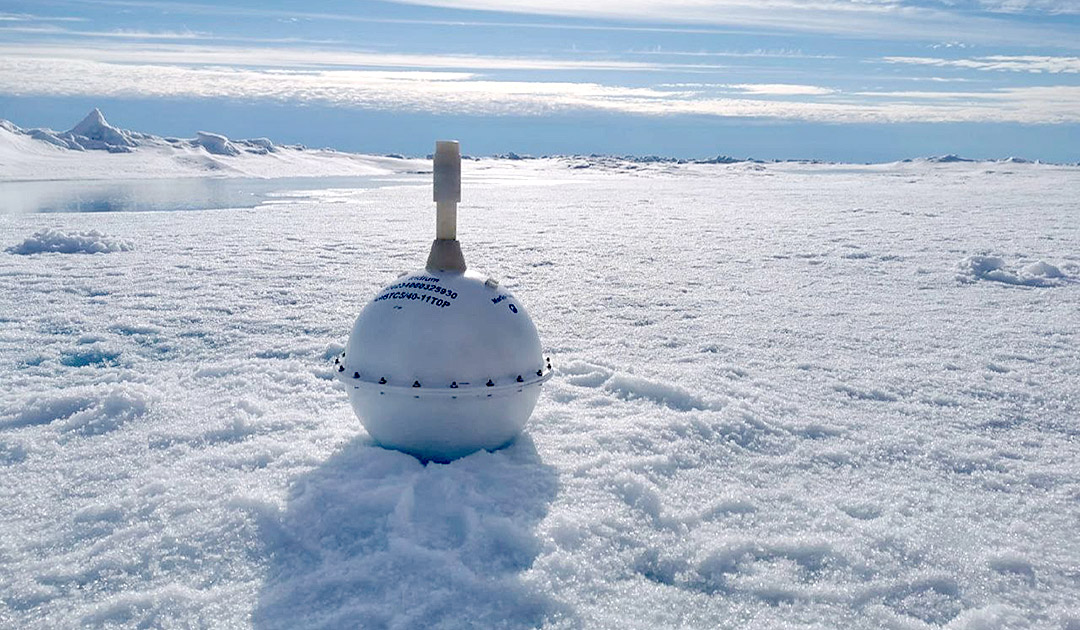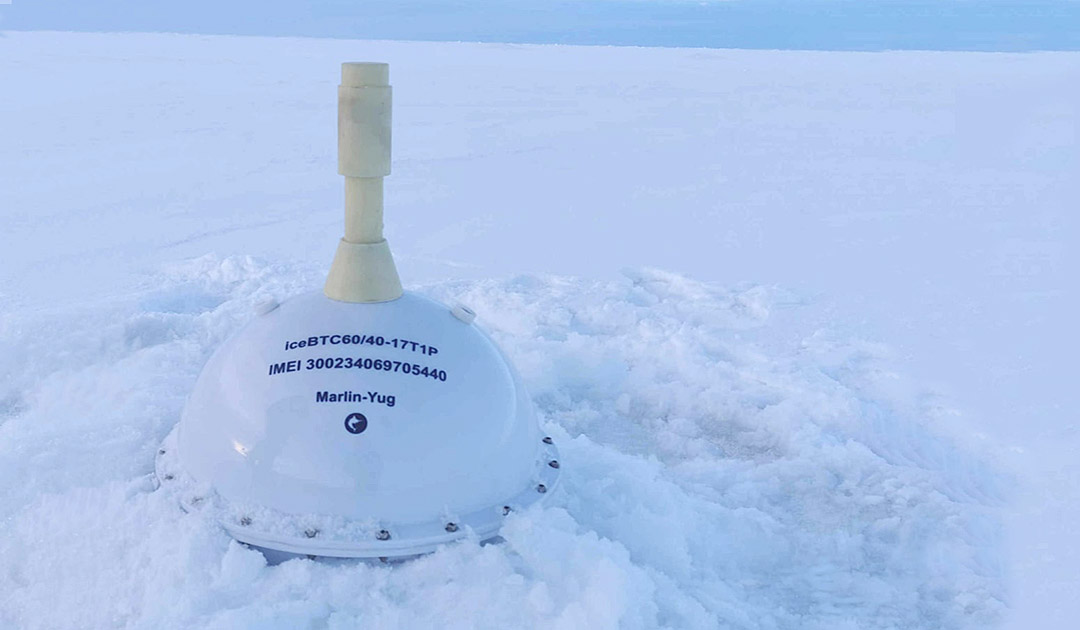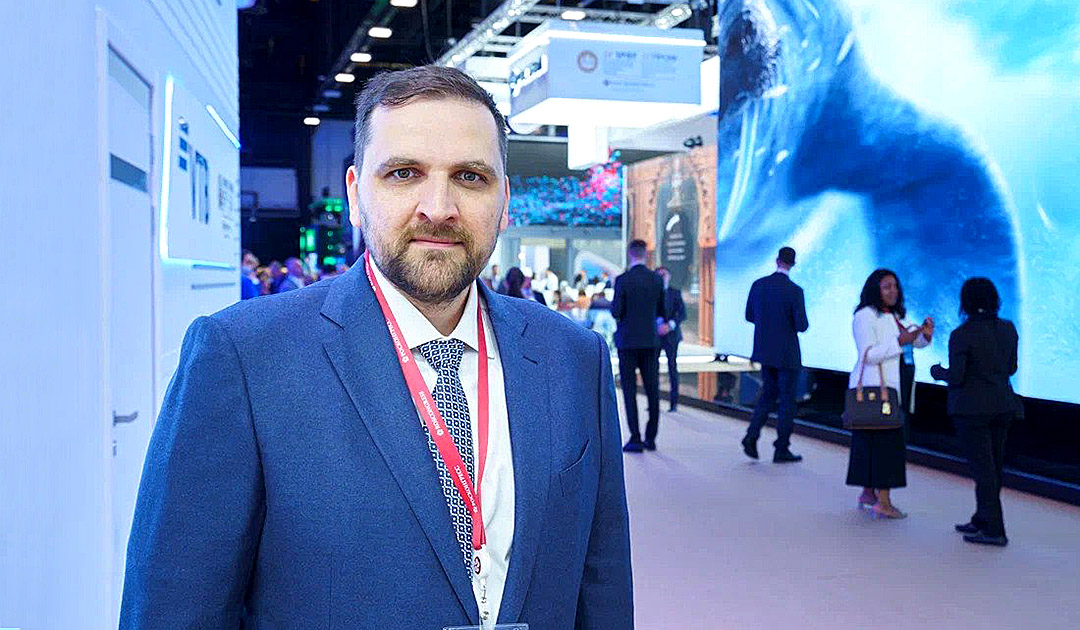
By 2024, the Arctic and Antarctic Research Institute (AARI) will deploy a new high-precision hydrometeorological network in the marine and coastal parts of the Russian Arctic based on drifting buoys. This will significantly improve the accuracy of forecasts for safe navigation along the entire Northern Sea Route and open up new opportunities for scientific research.

According to the plan, modern drifting and stationary gauges will be installed in the waters of all seas of the Russian Arctic, including transport routes on the Northern Sea Route, by 2024. Further improvement of the hydrometeorological network is envisaged in the Northern Sea Route development plan and will be expanded by 2035.
“Special attention is paid to the modernization of meteorological observation points in the eastern part of the Arctic, including the most distant parts of the seas and island points from the mainland. This direction is the most important in terms of increasing the volume of year-round shipping along the Northern Sea Route. So far, 7 drifting weather stations have been installed and 42 more will follow in 2023,” said Alexander Makarov, Director of AARI.

The use of the new technology means that the ships’ captains receive the data they need for route planning virtually online. This means greater safety on the North Sea route, which is important for Russia. The weather network will also open up new opportunities for scientific research.
The modern high-precision drifting and stationary devices were developed and manufactured by a Russian company and Sevastopol State University.
The drifting weather stations provide AARI and Roshydromet with information on water and air temperature, atmospheric pressure, heat transfer processes, snow and ice cover thickness, and ice motion.
Heiner Kubny, PolarJournal





